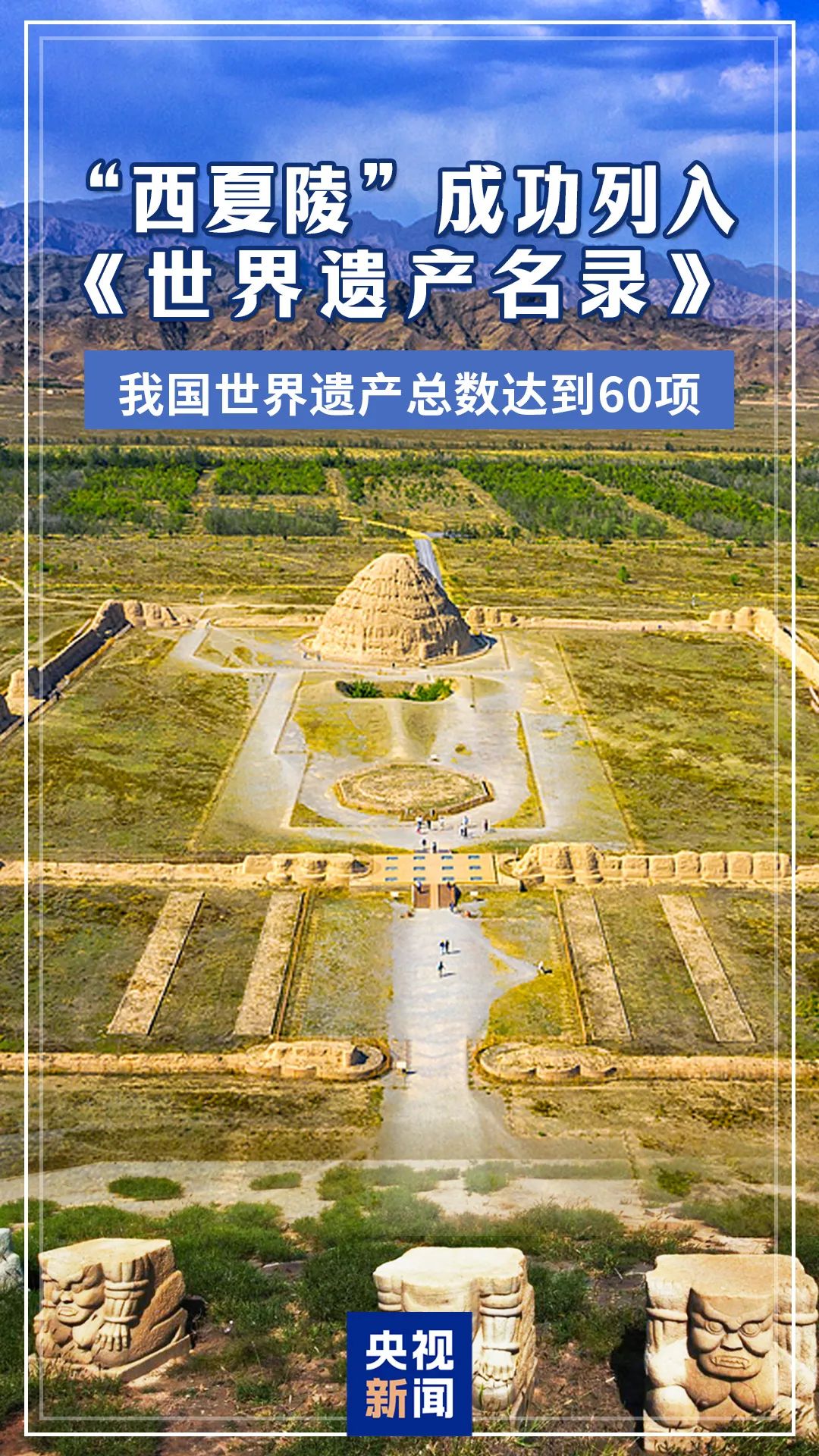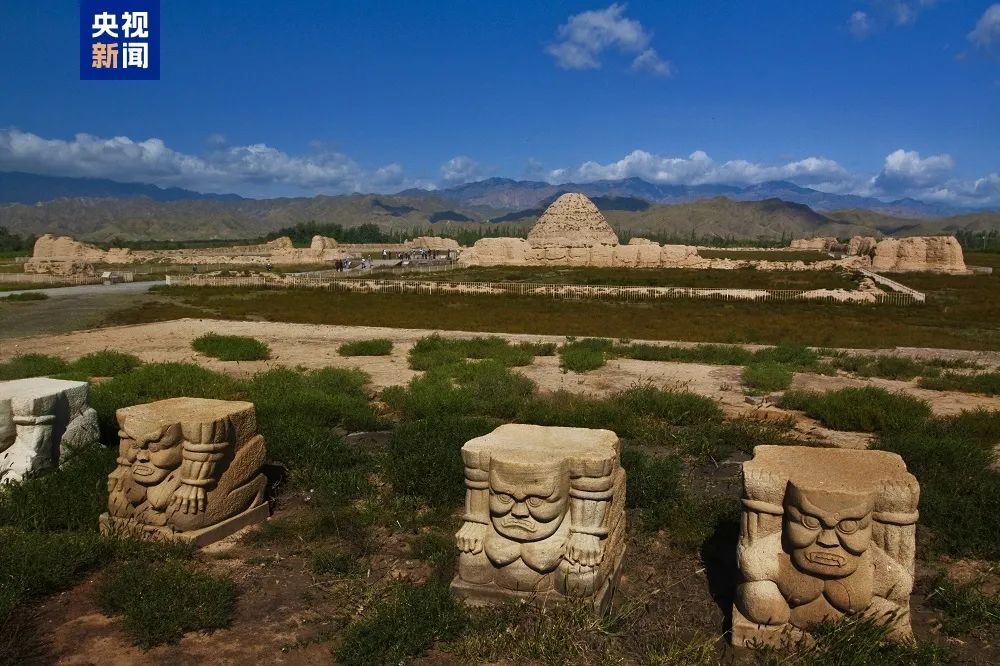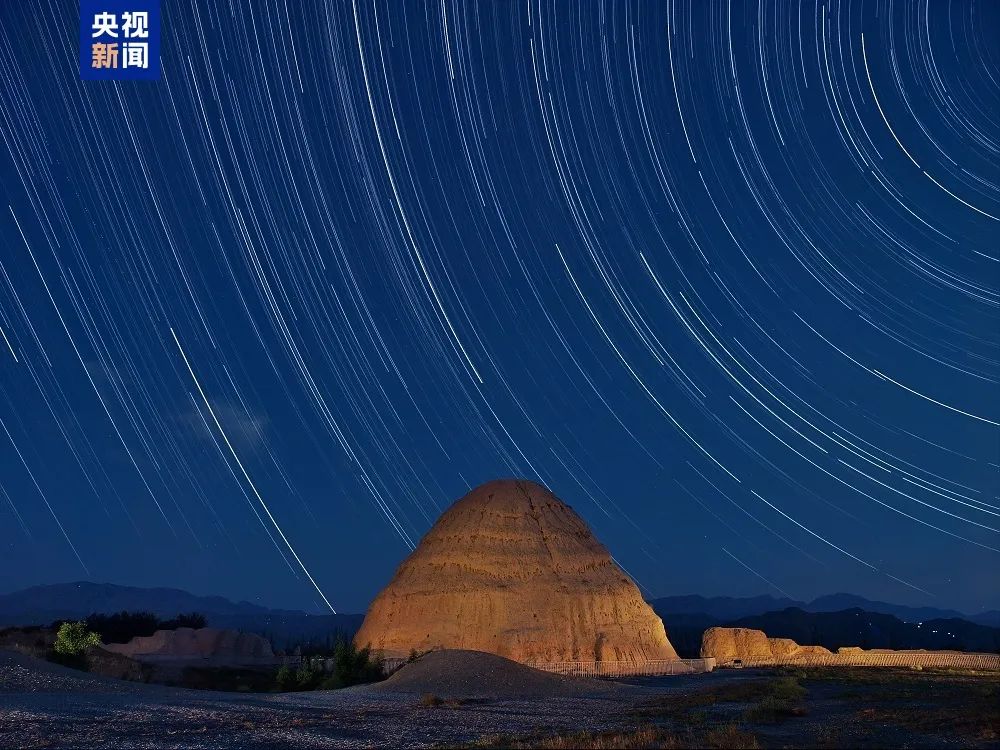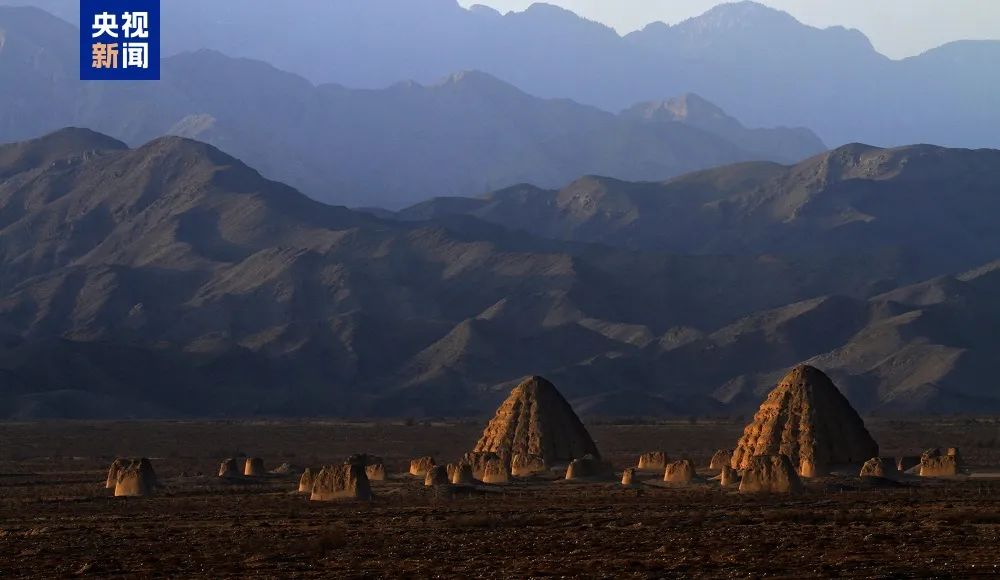
On July 11th, Beijing time, the 47th session of the UNESCO World Heritage Committee, held in Paris, France, adopted a resolution to include "Xixia Tombs" from China's application into the World Heritage List. With this addition, the total number of China's World Heritage sites has reached 60.

The "Xixia Tombs" are the mausoleum complexes of the Western Xia Dynasty (1038–1227), established by the Tangut people in the northwest region of China from the 11th to the 13th century. They are located in Yinchuan, Ningxia Hui Autonomous Region, at the eastern foothills of the southern section of the Helan Mountains, which have significant natural geographical demarcation functions. The distribution area covers nearly 40 square kilometers.

The "Xixia Tombs" application for World Heritage status includes four major types of artificially constructed heritage elements: nine imperial tombs of the Western Xia, 271 accompanying burial tombs, 32 flood prevention relics, and a large architectural foundation site covering more than 50,000 square meters, which is preliminarily identified by archaeologists as a large-scale venue related to sacrificial activities. In addition, the Xixia Tombs Museum houses over 7,000 movable cultural relics.

The "Xixia Tombs" are the largest, highest-ranking, and best-preserved archaeological sites of the Western Xia that have survived to this day. They provide irreplaceable and unique evidence for the Western Xia Dynasty and its royal lineage, which was established and lasted for nearly 200 years by the Tangut people in Chinese history. They also serve as tangible proof of the Western Xia's role as a pivotal relay hub on the "Silk Road" during the 11th to 13th centuries.


Source: CCTV News WeChat public account (ID: cctvnewscenter)
https://mp.weixin.qq.com/s/0FqhPZAvK0-UsXH_7BY2Vw
https://mp.weixin.qq.com/s/AAJOtdfJfb-NpDlqmJgH8w
